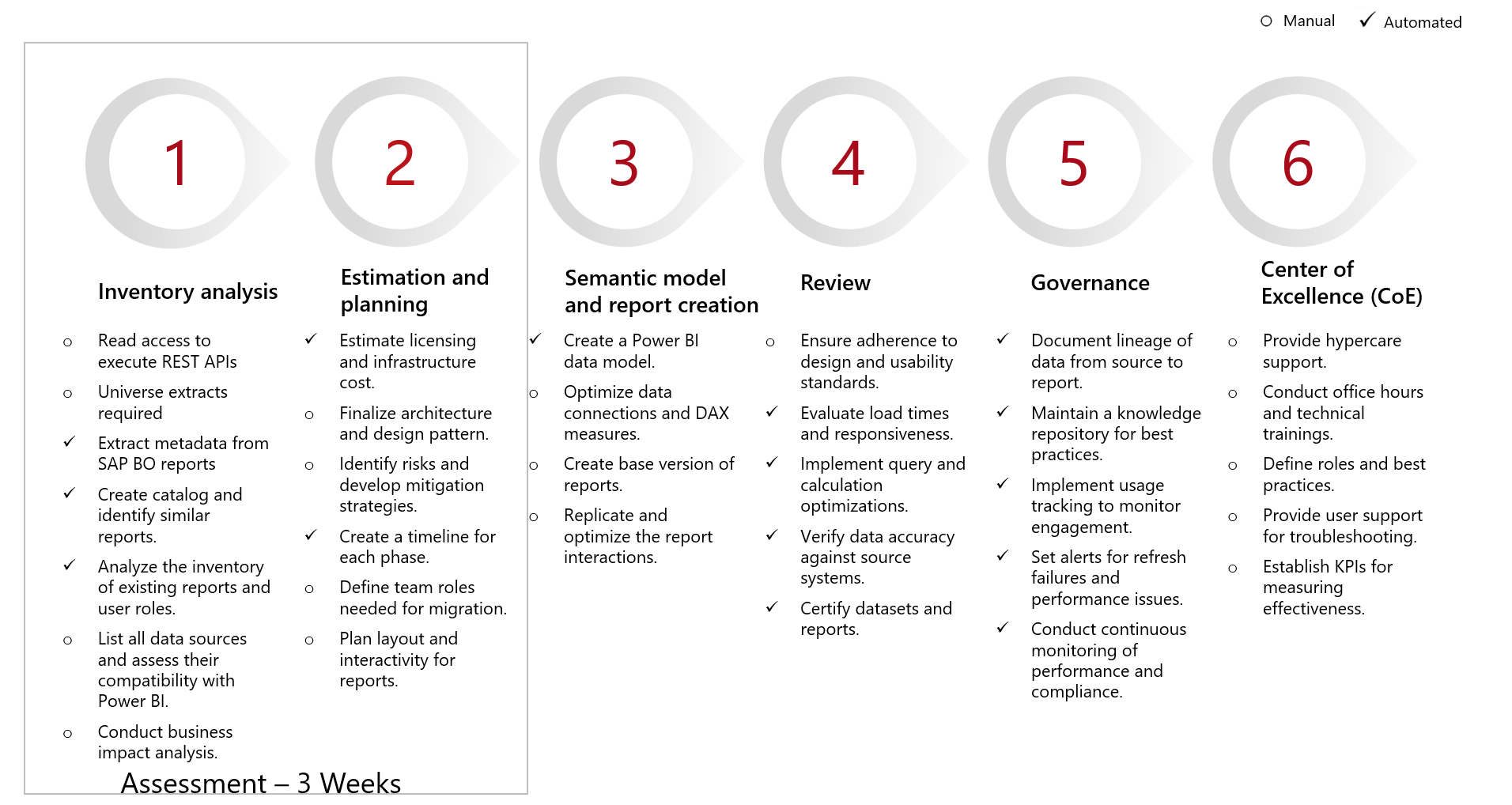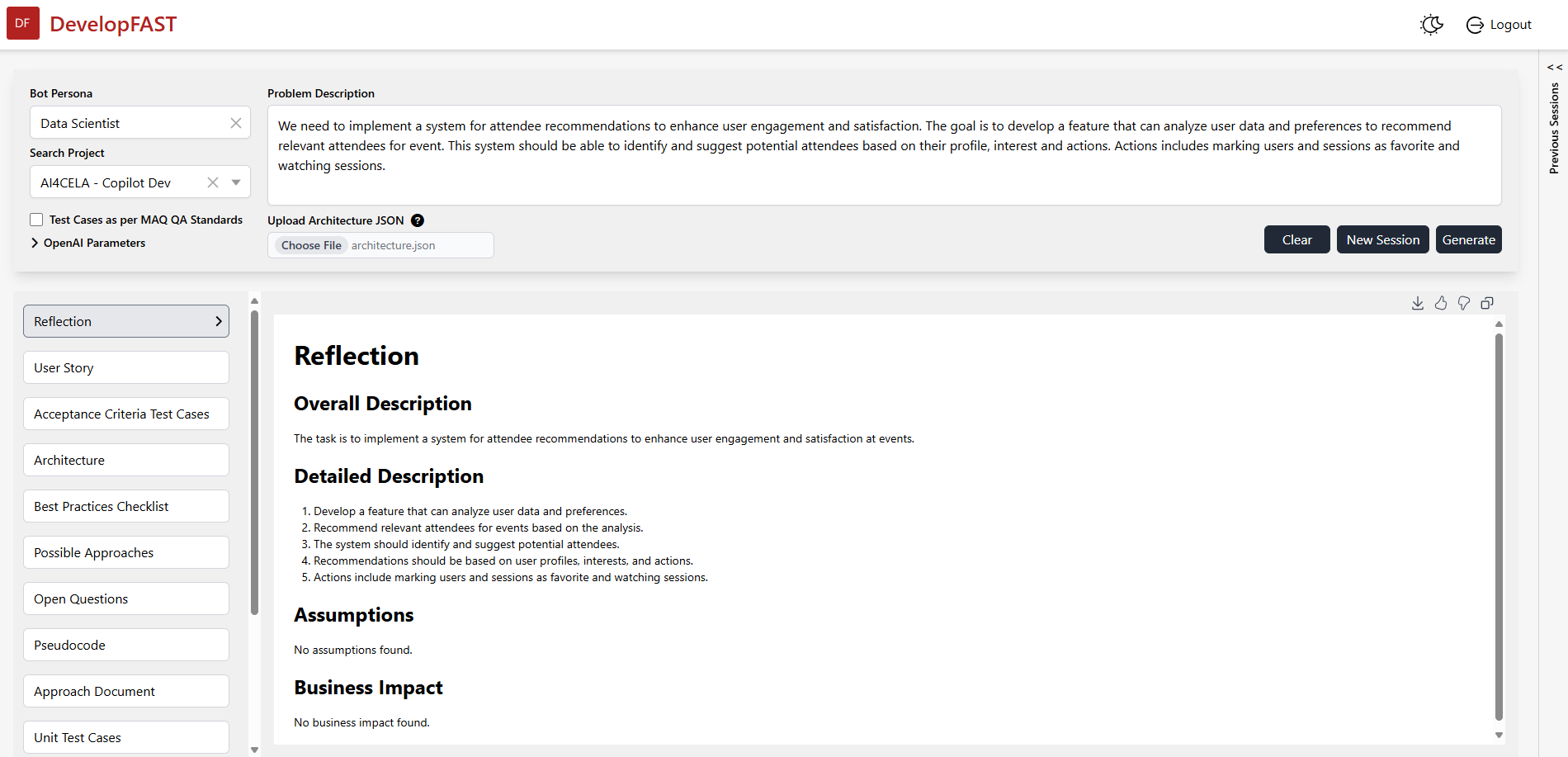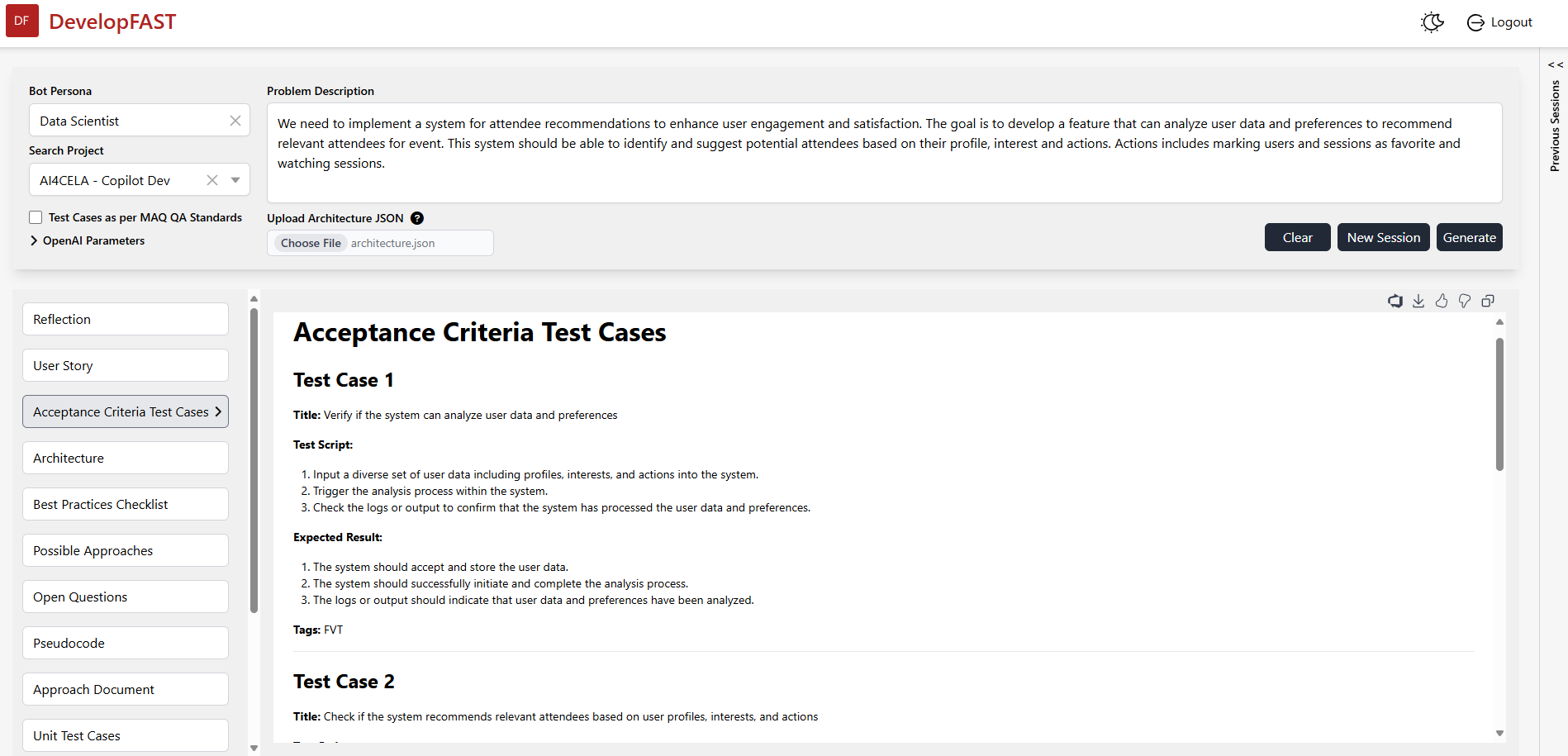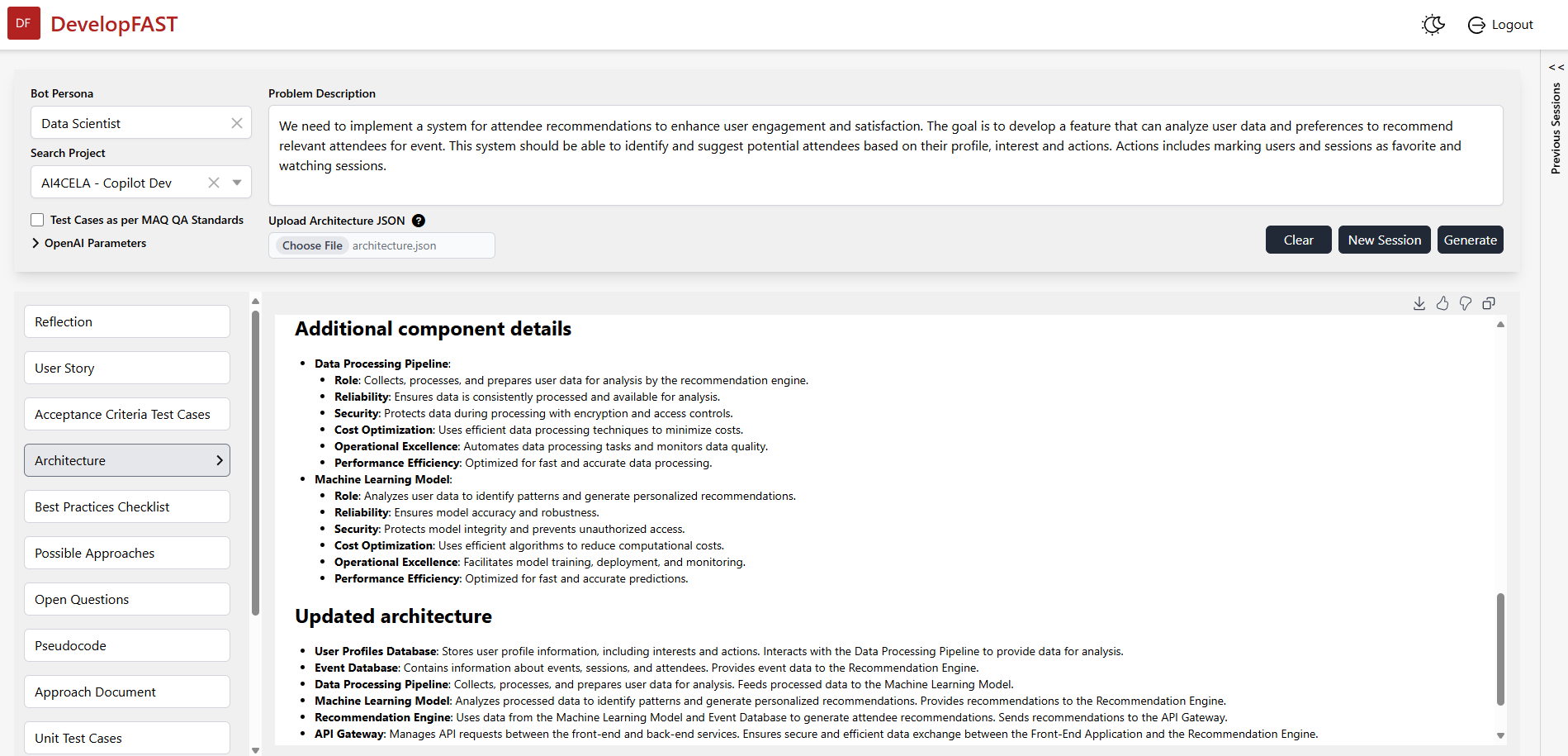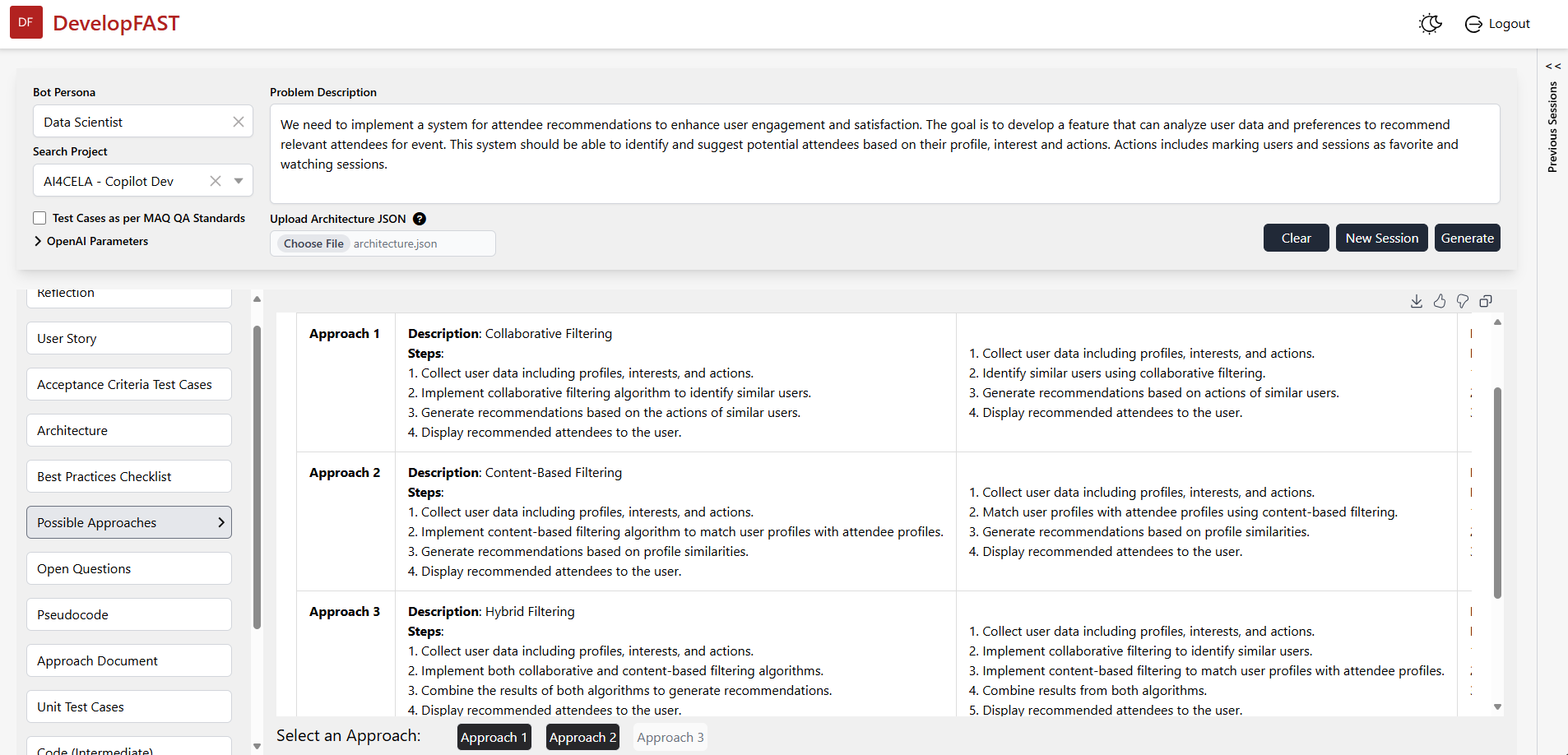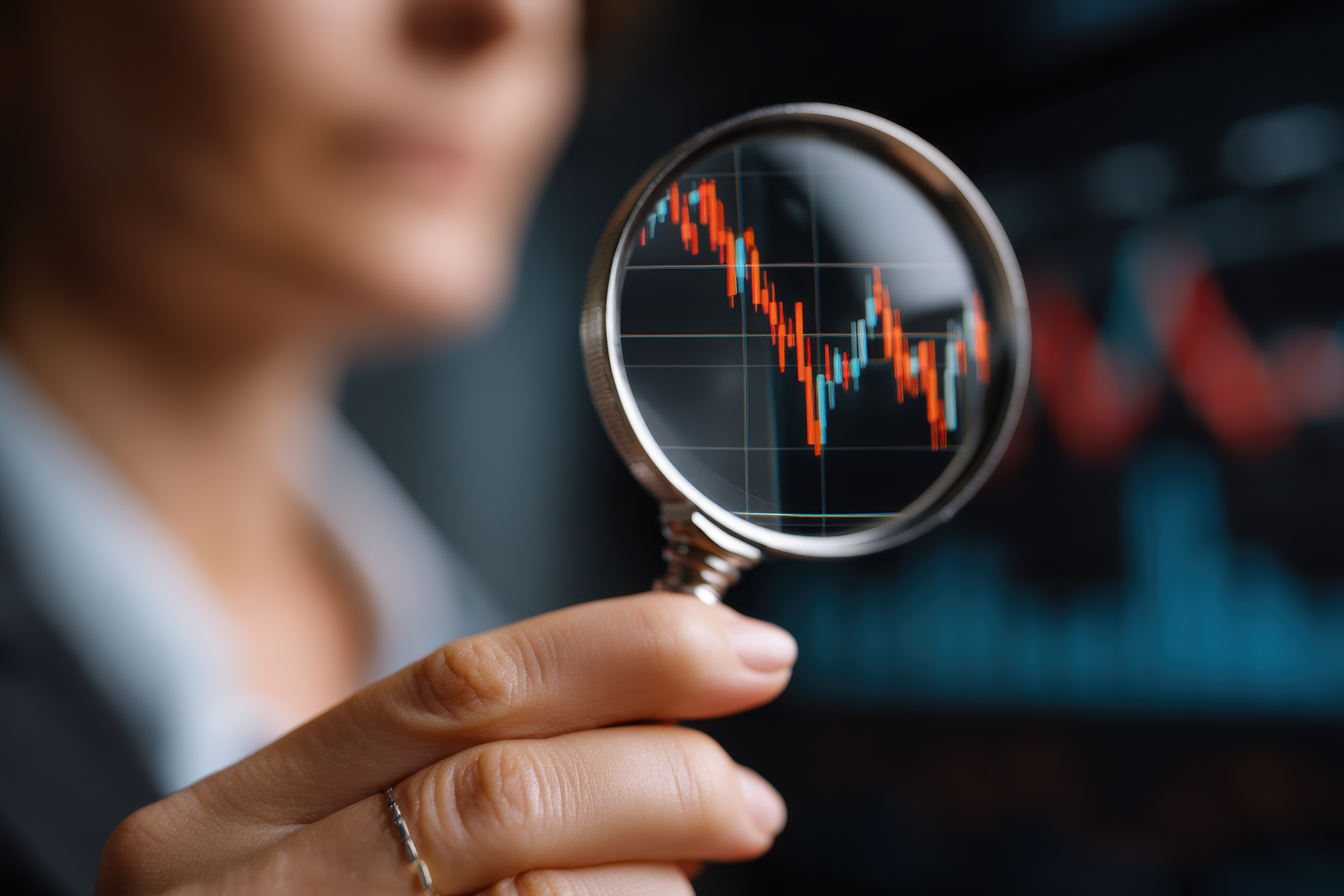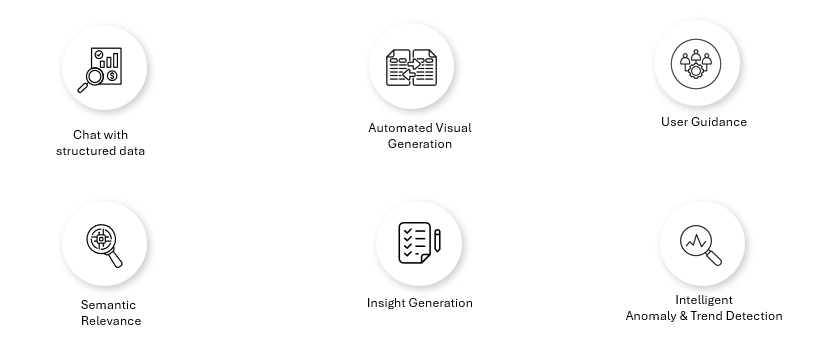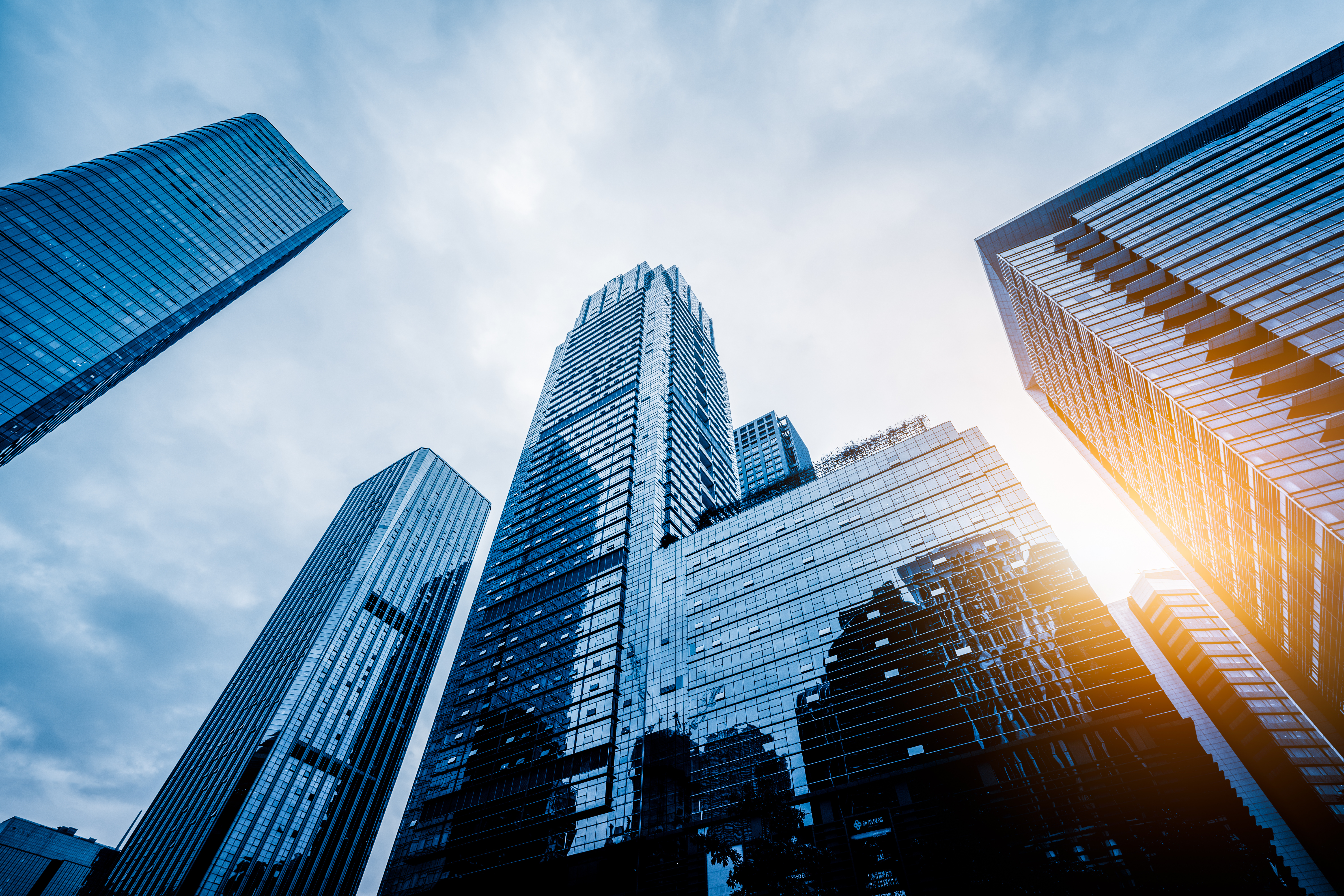Overview
A leading global provider of professional information, software solutions, and services embarked on a large-scale initiative to modernize its reporting infrastructure. The goal was to unify legacy reporting systems into a cloud-first, interactive analytics environment using Microsoft Power BI.
This initiative, known internally as the Unified Reporting Platform (URP), was driven by the need to:
· Consolidate approximately 12,000 legacy reports and standardize KPIs previously fragmented across multiple platforms.
·
Leverage modern BI features to enhance interactivity, scalability, and user experience.
·
Provide out-of-the-box, centrally governed reports maintained by IT.
·
Empower business users with self-service analytics via a curated and governed semantic model.
·
Lay the foundation for future integration with an advanced data lake architecture leveraging Microsoft Fabric.
Challenges
Before the migration, the client faced several pain points across their legacy reporting tools (SAP BusinessObjects, Tableau, and Cognos):
· Duplication and inconsistency: Over 12,000 reports existed across different platforms, leading to redundant efforts and mismatched KPIs.
·
Rising costs: Maintaining multiple tools resulted in high licensing, infrastructure, and support expenses.
·
Limited interactivity: The legacy systems lacked modern features such as drill-downs, dynamic filters, and personalized views.
·
Performance issues: Reports suffered from long load times and frequent timeouts during peak usage.
Our approach
Phase 1: Discovery & Assessment
Using our proprietary MigrateFAST accelerator, we performed a comprehensive assessment of the client’s SAP BO environment:
· Extracted report metadata and usage statistics to identify duplicates and underutilized assets.
·
Clustered reports by business subject areas and visual similarities.
·
Developed a rationalization matrix to consolidate similar reports into broader, multifunctional Power BI dashboards.
Outcome: Reduced over 12,000 legacy reports to 6,500 optimized reports, ensuring KPI consistency and improved usability.
Phase 2: Data Modeling & Architecture Design
·
Identified essential fact and dimension tables to support key subject areas like Spend, Vendor, Matter, and Timekeeper.
·
Developed SQL scripts and stored procedures for data cleansing, transformation, and rule enforcement before loading into Power BI.
·
Designed a hybrid storage strategy in Power BI:
- Import mode for high-performance datasets
- Direct Query for large, real-time datasets
·
Applied star schema principles to define relationships, ensuring optimal performance and accurate reporting.
·
Built a centralized semantic model with reusable KPIs, date tables, and calculation groups to maintain consistency across reports.
·
Implemented dynamic Row-Level Security (RLS) using DAX and user-role mappings to enforce governed data access.
Phase 3: Report Development:
·
Designed consolidated Power BI reports to replace fragmented legacy reports.
·
Built standardized templates to ensure consistent UX/UI.
·
Implemented features like interactive drill-through, dynamic tooltips, and the “Personalize this visual” functionality.
·
Optimized DAX measures and used pre-processed views to accelerate load times.
·
Developed reusable themes, templates, and a DAX dictionary for future scalability.
·
Employed Git-based version control with CI/CD pipelines through Azure DevOps for seamless deployment.
Phase 4: Testing & Validation:
·
Conducted side-by-side validation between SQL outputs and Power BI reports.
·
Engaged business analysts to certify accuracy.
·
Simulated user roles to rigorously test RLS implementation.
·
Performed load testing to ensure responsive performance under production conditions.
| Figure 1: 6-step migration process |
Impact
· Report consolidation: Reduced ~12,000 reports to ~6,500 using MigrateFAST clustering and similarity analysis.
·
Efficiency boost: Merged 100+ reports into 40 standardized, out-of-the-box Power BI dashboards.
·
Governed self-service: Governed self-service
·
Modern analytics experience: Introduced personalized views, responsive drill-downs, and consistent styling across reports.
·
Improved adoption: Standardized visual design reduced training needs and promoted widespread adoption.
Interested in learning more?
Contact us at CustomerSuccess@MAQSoftware.com to learn how MAQ Software can help modernize your reporting infrastructure.

